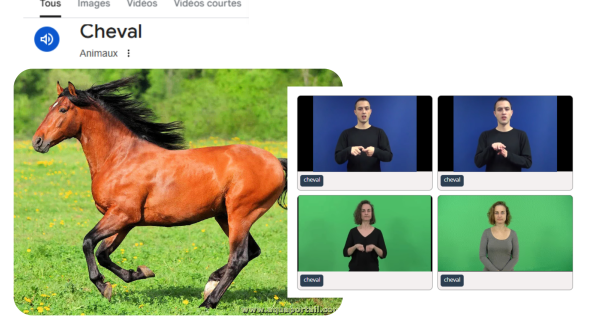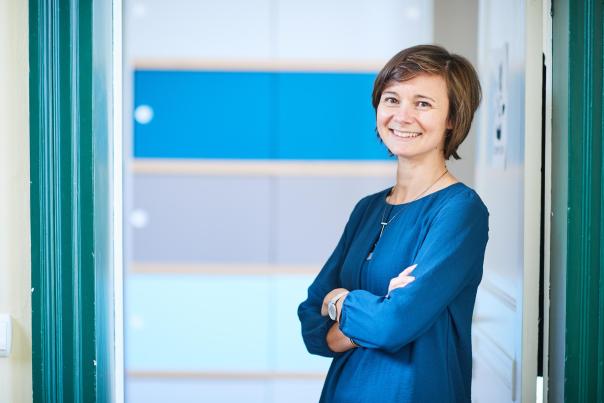MOSI, from word to sign: a bilingual reading aid from French to Langue des signes de Belgique francophone (LSFB)
Instantly obtain a translation in sign language (LSFB) of a word written in French: that's what MOSI (Du mot au signe) makes possible. This new tool is the fruit of a collaboration between the University of Namur, the asbl École et Surdité and the asbl LSFB, supported by the King Baudouin Foundation.


